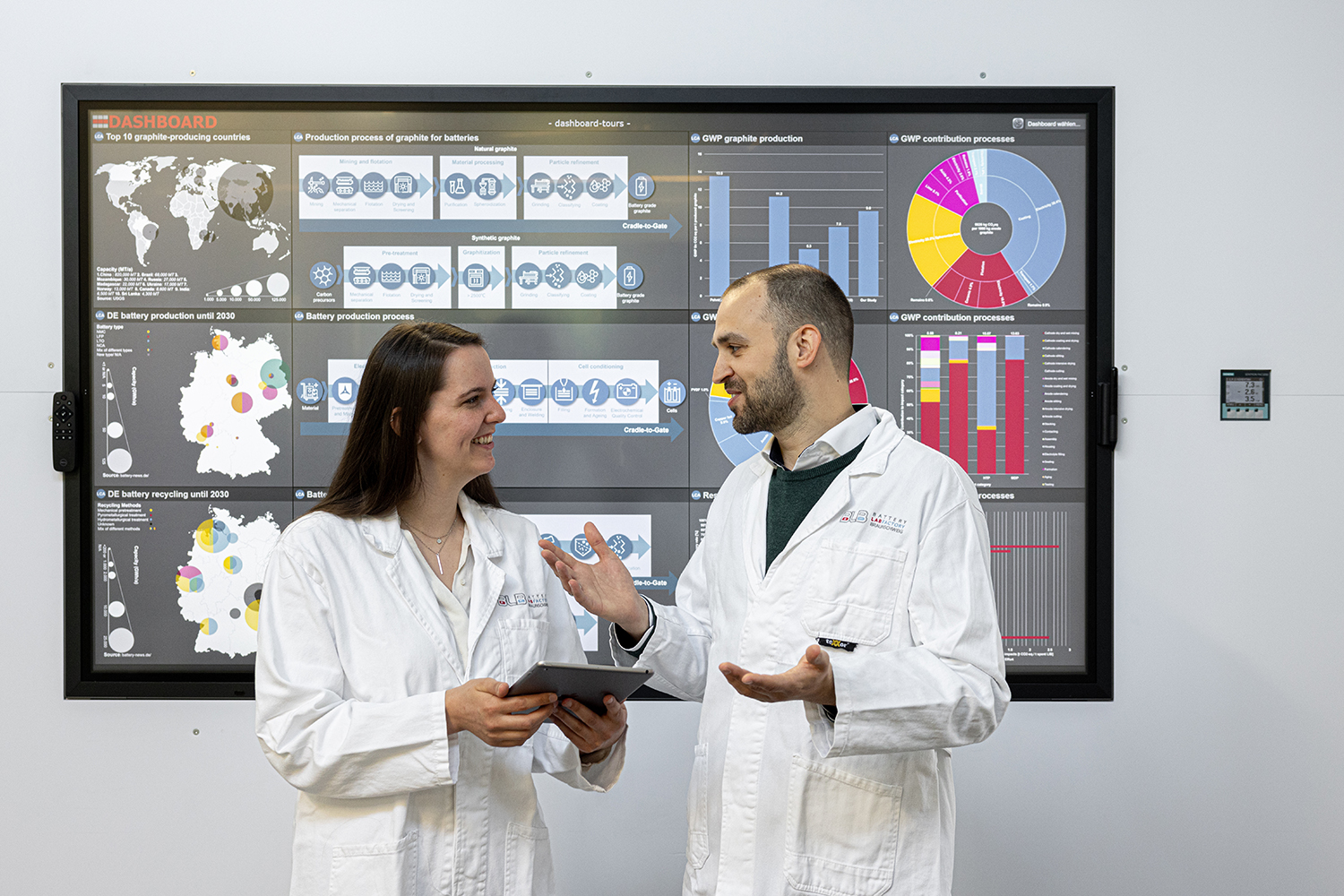Planned: An overall picture of research at TU Braunschweig About the introduction of a research information system
With a new research information system, Technische Universität Braunschweig will make its research activities transparent and reliably accessible both internally and externally. The background: As a research-intensive university, TU Braunschweig and its researchers are faced with increasing reporting obligations and requirements to improve transparency in research as well as continuous competition with other universities for third-party funding, resources and young academics. For this reason, TU Braunschweig is working on using digital tools to bring together the diverse research activities into an overall picture. We spoke to Mrs Constanze Mittag-Buhmann and Mrs Juliane Düvel from the Research Services about the introduction of a research information system, or FIS for short.

The planned central research information system at TU Braunschweig will record research projects, publications and patents. (In the picture: Researchers at the Battery LabFactory Braunschweig (BLB)). Photo credit: Marek Kruszewski/TU Braunschweig
What exactly does TU Braunschweig want to achieve with a central platform for all research and transfer activities?
Constanze Mittag-Buhmann: The FIS is intended to serve as a central tool for internal and external research reporting. At the same time, it offers researchers the opportunity to visualise their own research achievements. Research projects, publications, patents and other scientific achievements will be recorded in the FIS and linked to personal profiles of researchers and organisational units at TU Braunschweig and its partners. The cornerstone and driving force behind the project is cross-departmental collaboration, supported by Professor Peter Hecker, Vice President for Research.
Vast amounts of data are coming together. How does it get into the system?
Juliane Düvel: During the introduction of the FIS, workshops are held to analyse the implementation of each individual research service object area in terms of data availability, data origin, existing infrastructure and work processes. It is then decided how the data from the respective subject area will be integrated into the FIS. First conclusions could already be drawn in the planning phase, e.g. the University Library has implemented a University Bibliography as a technical solution for the publication data area over the last three years, which will remain the leading system for this data area. Selected data from the University Bibliography are then automatically fed into the FIS.
Who maintains the database and checks that the entries are complete?
Constanze Mittag-Buhmann: That is a mammoth task given the amount of data. The research activities at TU Braunschweig are very diverse, and this should also be reflected in the FIS. There are binding guidelines for recording the various data areas. In the long term, researchers should also be given the opportunity to include research activities that are not recorded as standard in their profiles. The validation and quality of the data in such a large database must be ensured in the long term and with certain guidelines. Human resources for this have been planned at an early stage.
The platform is a milestone for transparency in research. Can you put it that way?
Constanze Mittag-Buhmann: Definitely. A platform that links the various research activities and makes them transparently accessible represents added value in terms of external presentation and simplification of reporting, both from the central side of the university management and for decentralised units such as institutes and faculties through to individual researchers. An easily accessible portal should also facilitate access to and information about research activities and strengths for interested parties outside TU Braunschweig.
What about data protection?
Juliane Düvel: As the research activities are linked to individuals as well as the university, a data protection check is absolutely essential. As part of the implementation project, the project managers, the software provider and the data protection officer at TU Braunschweig discuss very closely what personal data is to be collected and to what extent, and what requirements the system must meet. Much of the data collected in the course of research activities is of a public nature and is already publicly accessible in various places; these data are “only” integrated in the FIS. However, there are also confidentiality requirements, e.g. for commercial projects. The FIS addresses different target groups, so a comprehensive concept of roles and rights is a prerequisite.
When will the research information system be ready and operational?
Juliane Düvel: The FIS implementation project is scheduled to run for two and a half years, from June 2023 to the end of 2025. During this time, the various data areas will be made available to different user groups in stages, accompanied by training courses. In the subsequent regular operation, the FIS will be continuously expanded and adapted to legal requirements as well as new software functionalities and additional user requirements. A first milestone will be the transfer of data from the predecessor system to the Digital Research Announcement (DiFA), in preparation for the replacement of the DiFA.
Constanze Mittag-Buhmann: The aim is to make the transition from DiFA to FIS as smooth as possible. To this end, future users will be trained in the new system in good time. Currently, more than 150 people use DiFA to present their research, teaching and transfer projects internally at TU Braunschweig in accordance with financial law.
Thank you very much!
